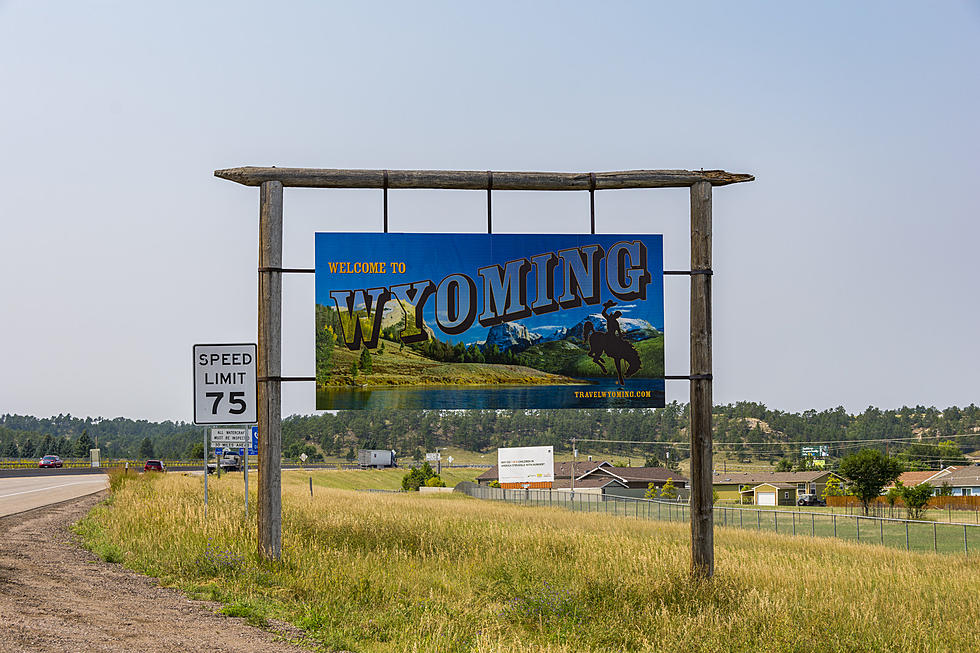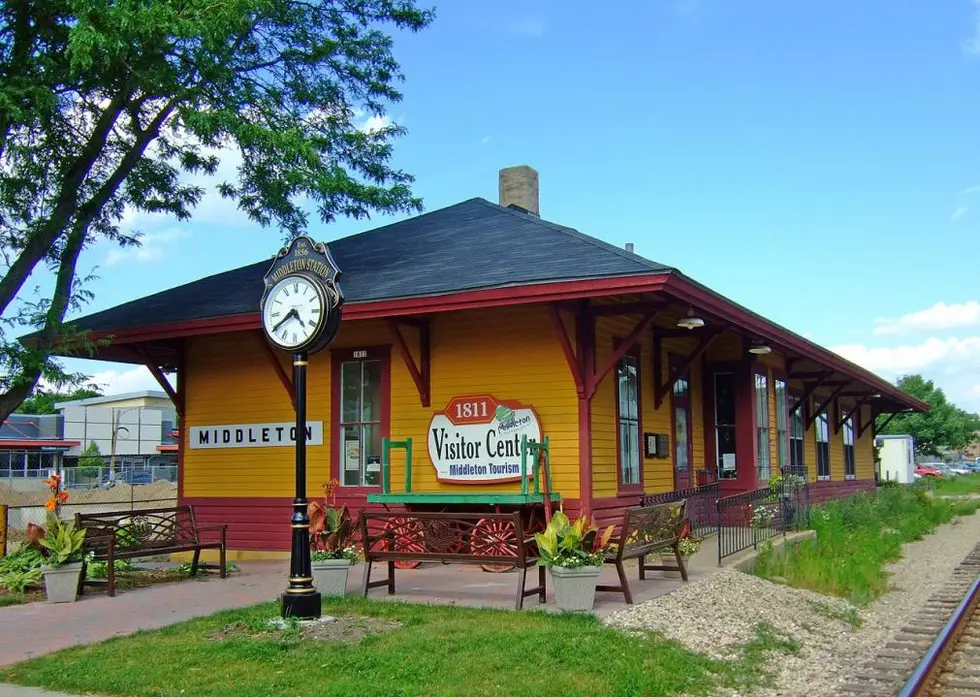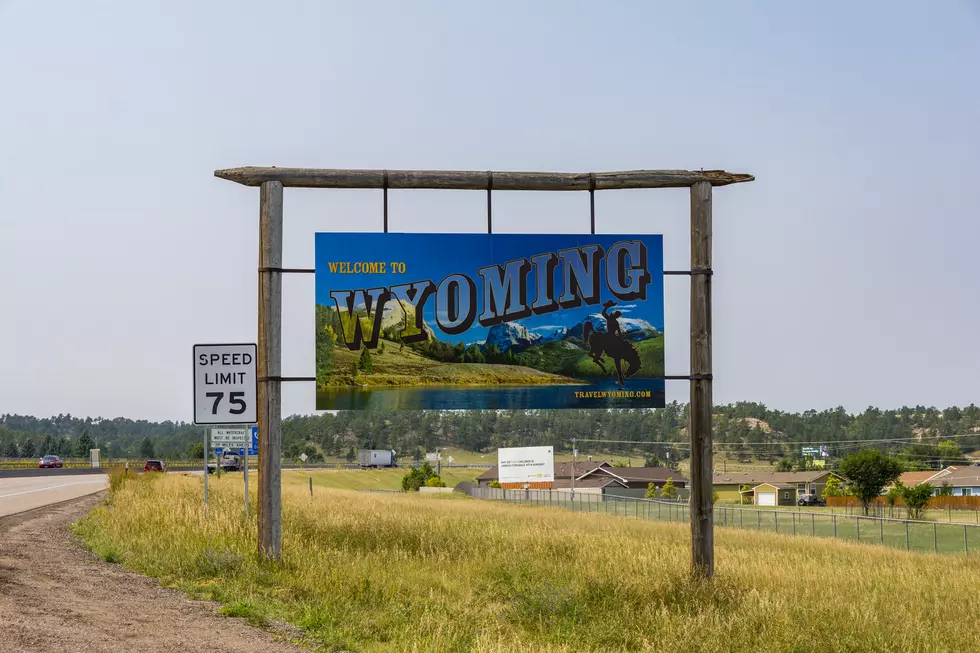Forbes: Wyoming Best State To Make A Living
Wyoming energy sectors have taken hits and jobs have been lost, gloomy stuff indeed. But from a national viewpoint, Forbes has just released “The 10 Best And Worst States To Make A Living In 2016,” and
No. 1 Best State To Make A Living: Wyoming
- Median income: $38,280
- State tax on median income: $0
- Unemployment rate: 5.2%
Maybe this will attract startup companies and existing companies to locate in Wyoming and bring good jobs with them. With this hitting the streets and the abundance of natural resources, natural beauty and hardworking Wyoming people on hand, why wouldn't they!
Our neighbors to the south came in 8th:
No. 8 Best State to Make a Living: Colorado
- Median income: $38,800
- State tax on median income: $1,796.44
- Unemployment rate: 2.9%
No. 4 Best State to Make a Living: North Dakota
- Median income: $38,170
- State tax on median income: $426.64
- Unemployment rate: 3.1%
And unfortunately for our neighbor to the north:
No. 8 Worst State to Make a Living: Montana
- Median income: $31,970
- State tax on median income: $1,651.33
- Unemployment rate: 4.3%
Citing their criteria, Forbes says: “To determine the best and worst states to make a living this year, personal finance site MoneyRates.com considered average wages, taxes, cost of living, unemployment rate, and incidents of workplace safety incidents (including illness, injuries, and deaths) for each state. The study drew on data from the Bureau of Labor Statistics, The Council for Community and Economic Research (C2ER), and D.C. think tank the Tax Foundation.”
No. 1 Worst State to Make a Living: Hawaii
Trouble in paradise.
Back to Wyoming. The Research & Planning (R&P) section of the Wyoming Department of Workforce Services show very slow growth from 2014-2024.
Here’s the dry part, but presented for those interested:
The industry projections suggest that the state will experience net growth of 4,327 jobs (1.5%) over the 10-year period. Our analysis indicates large job losses in mining (including oil & gas; -6,131 jobs, or -22.5%), construction (-1,004 jobs, or -4.2%), transportation & warehousing (-816 jobs, or -6.2%), and manufacturing (-798 jobs, or -8.1%). Net job losses in these sectors are directly and indirectly related to low energy prices.
However, these projections suggest that those job losses will be offset by job gains in health care & social assistance (5,965 jobs, or 18.9%), accommodation & food services (3,863 jobs, or 12.0%), educational services (1,817 jobs, or 6.4%), and retail trade (1,698 jobs, or 5.7%). For many years, Wyoming’s health care sector has experienced strong growth, and the most recent projections indicate that growth is expected to continue, although at a slower pace than in the past.
One offer of help is DADS Making A Difference, a training-to-work program for low income custodial and non-custodial fathers who are experiencing multiple barriers to self-sufficiency. With the help of the Wyoming Department of Workforce Services, each participant is provided with job training in high growth, high demand occupations, followed by placement assistance in high paying jobs.
State of the state, in regards to earning a living:
According to the July 25, 2016 Consensus Revenue Estimating Group report to Governor Matt Meade, “For the first time since FY 2009, sales and use tax, severance tax and Permanent Wyoming Mineral Trust Fund (PWMTF) investment income, historically the three most important contributors to the GF, will all experience year over year decreases in the same fiscal year.” In other words, Wyoming is 4.5% below expectations.
More From 101.9 KING-FM









